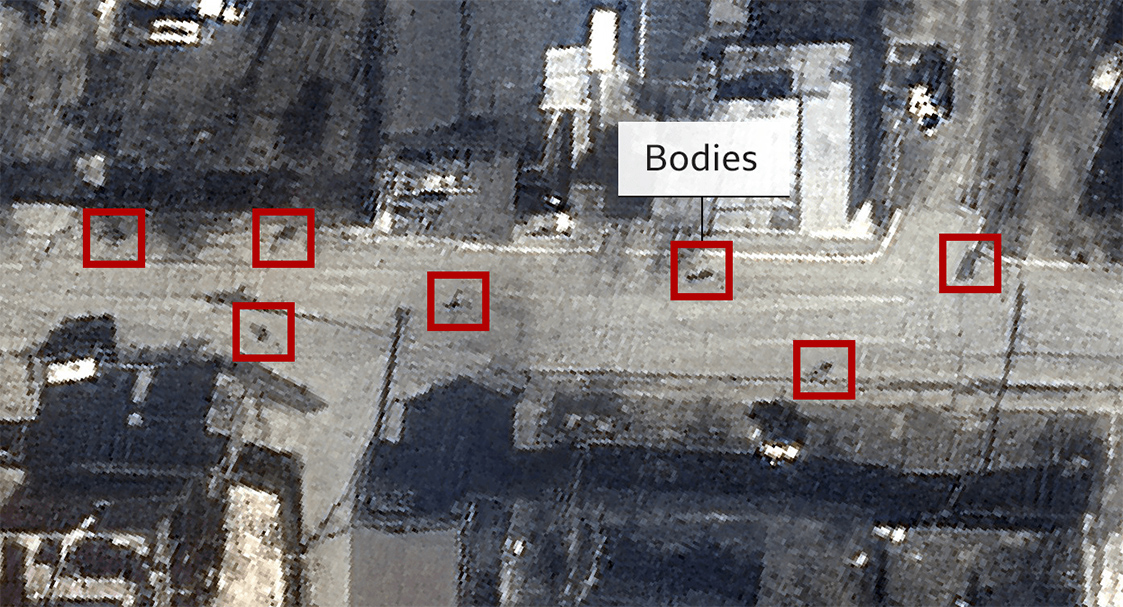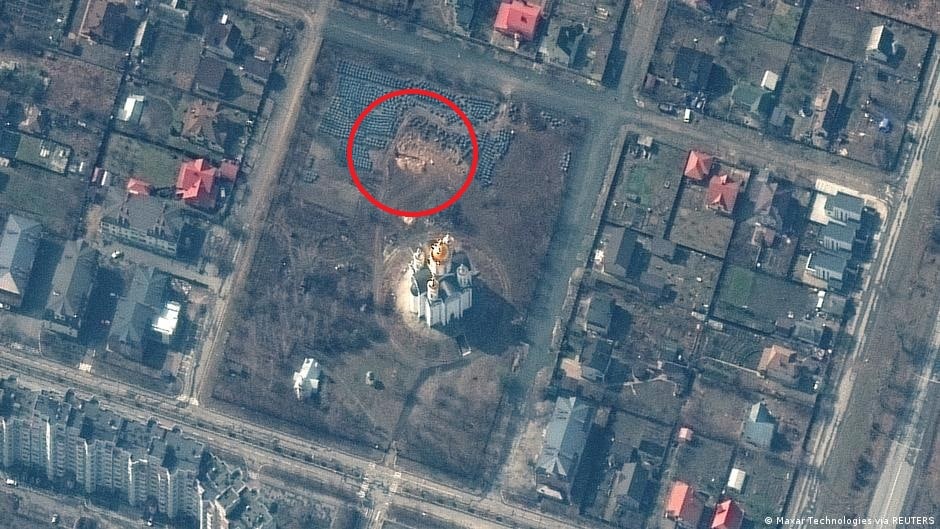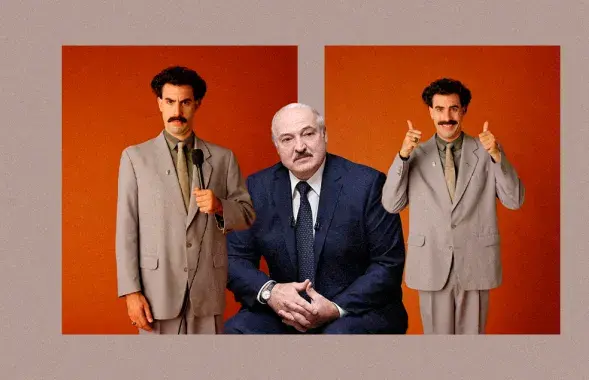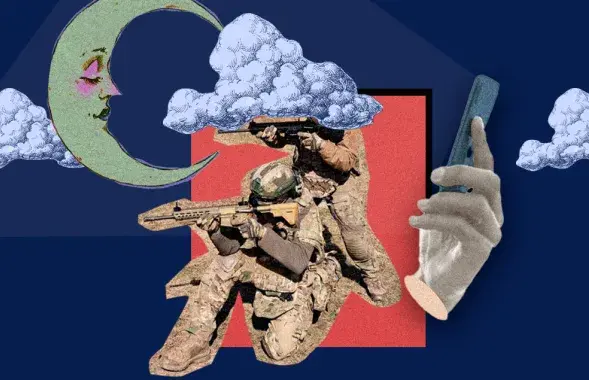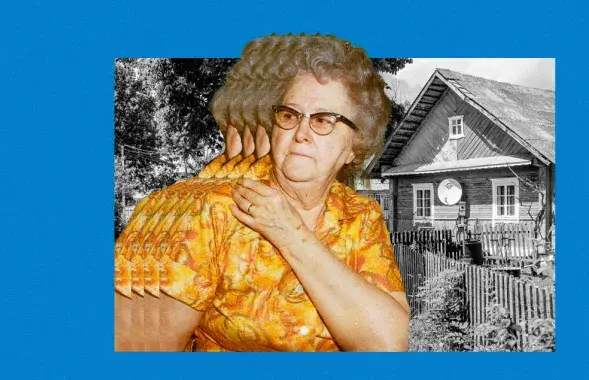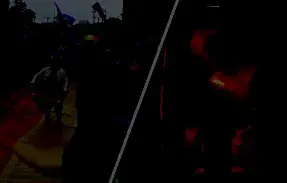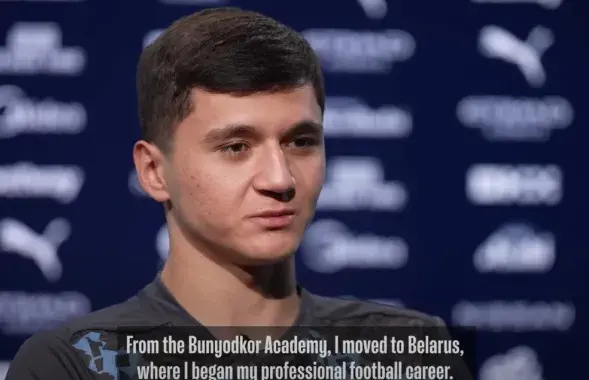Massacre in Bucha: refuting Russian propaganda fakes
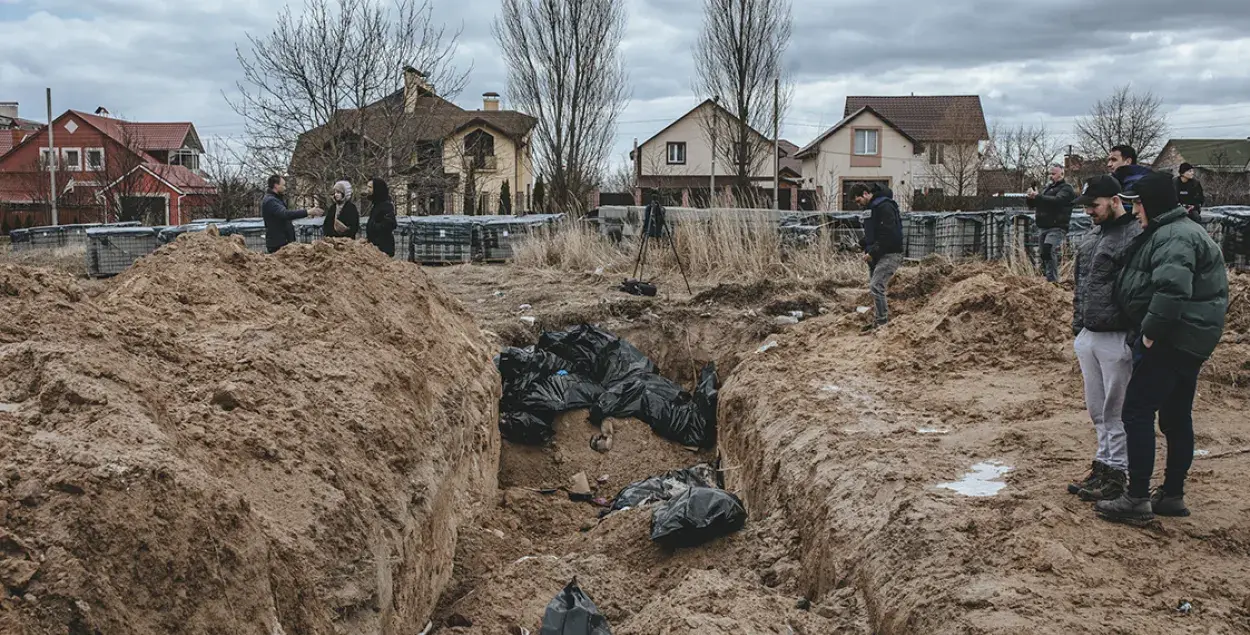
The mass grave in Bucha / Euroradio
Bodies everywhere: on the roads, on the side of the road, and in makeshift mass graves. That's how you can describe photos and videos from the Ukrainian town of Bucha, located very close to Kyiv. The images were seen by people around the world and shocked many. Russia, which was in control of the town, is trying to prove that its troops had nothing to do with it. They use the usual disinformation tactics: they launch several false theses at once in order to confuse everyone as much as possible.
Euroradio refutes Russian propagandists' fakes about the massacre in Bucha.
"The bodies are moving!"
On the first day after the evidence of the massacre in Bucha appeared, a statement began to circulate through telegram channels that one of the videos showed the bodies of those killed allegedly moving. The claim was based on a video of extremely low quality.
In reality: after the video was published in better resolution, it became clear that no one was moving. The glare on the car window was mistaken for movement.
"There were no bodies before the Russian troops withdrew"
Claims that there were no bodies or mass graves in Bucha while Russian troops were there appeared shortly after the "moving corpses" fake news.
In reality: satellite images from mid-March show both bodies directly on the road and a mass grave near one of the churches in Bucha. Moreover, there are many eyewitness accounts. The BBC published the words of a local church parishioner: he saw that after March 15, Russian security forces stopped removing bodies from the streets altogether.
"I went to the church and said to Father Andrei (name changed): well, they can't lie around like that, can they? Come on, Father, let's put them to rest. He cried and went in search of a shovel," the paper's source says.
Another eyewitness account from Reuters: local resident Tatyana said that Russian soldiers (she says Chechens) were stationed in her apartment building. She was held there with her family. Then they were released, but her husband disappeared. A few days later, she found his mutilated body in the basement under the stairs. A photograph of the body is at the agency's disposal.
There are a lot of similar stories from local residents. Certainly not in the Russian media.
"This is a provocation by the Ukrainian military"
The Russian Foreign Ministry insists that the massacre in Bucha is a provocation. At the same time, the ministry and its representatives have come up with a huge number of versions: either it is a fake (the question of how the bodies of civilians could be a fake is not addressed there), or it is a "punitive operation" by the Ukrainian military.
In reality: the date of the tragic events (the previous passage mentions the middle of March) indicates that this is not true. Moreover, there were no military operations at that time in Bucha. Consequently, there were no Ukrainian military personnel there who could have "staged a provocation".
"Russian troops left the city, and the bodies appeared later"
The propagandists refer to the report of the mayor of Bucha that the city was liberated from Russian troops on March 31. Also, their argument is that pictures of the bodies appeared on April 2.
In reality: On April 1, the secretary of the Bucha City Council, Taras Shapravski, and City Council deputy Katerina Ukraintseva reported that it was still dangerous to return to the city.
"Now the city remains under occupation, there is a lot of mined equipment, houses and even corpses," Shapravski said in a video published on the morning of April 1.
On the same day, the Russian Defense Ministry's Zvezda TV channel, citing the commander of a Marine unit, Alexei Shabulin, reported that the Russian military planned to entrench itself in the Kyiv region and "successfully deterred enemy forces in the Gostomel - Bucha - Ozyora direction." Thus, Russian forces were still near Bucha.
It is logical that the photographers could not arrive in Bucha until after it was completely liberated - that is, on April 2. That same evening the photos appeared.
Another argument against this version: the same satellite images with confirmation that in mid-March there were already bodies on the streets.
"The bodies are fresh"
Propagandists also try to justify themselves by saying that the bodies in the pictures are "fresh," with no visible signs of decomposition.
In reality: the judgments are based only on photographs, but the pictures show not all of the hundreds of bodies. Some, as mentioned above, were buried in the second half of the month. The time of death of the people whose bodies were captured by cameras cannot be determined without forensic examination. They could be bodies of people killed in late March.
The rate of decomposition of the body depends largely on the outside temperature. Many days in the second half of March were chilly with night frosts and the temperature rose to +8 at the most for a couple of hours during the day. At such temperatures, the decomposition processes slow down. For example, in the morgue refrigerator, the average temperature is about +2 degrees, at this temperature the body is preserved long enough.
Details about the time of death of people and the number of killed (including those buried in mass graves) will obviously appear later. Moreover: some bodies cannot be identified due to their condition.
"The mayor didn't talk about the bodies at first - so there weren't any"
In an address on April 1, the mayor of Bucha Anatoliy Fedoruk did not mention the bodies in the street. In addition, Russian propagandists note that he is smiling in the video, which is a "confirmation" that "the massacre is a fake".
In reality: the mayor of Bucha did not mention the bodies, but the gruesome picture was not seen all over the city. It's mostly on Yablonevaya Street on the outskirts of town. That is, he may not have known or mentioned it until he understood the scale.
Again, satellite images confirm: the bodies were already there. So the absence of a mention in the video lasting for 43 (!) seconds doesn't mean anything. It is especially true since the city council secretary had already mentioned the bodies. It happened on the morning of the same day.
